1. 100Ton Press Repairs
2. Work On "Kit #18"
3. Parts For Kit #6
4. Builder Updates
4.A. Ray
4. B. Bryan
4.C. Francis & Robert
5. Prowler Sheet Metal Shear
6. Lathe Enclosure
7. New Door On Sandblast Cabinet
8. Generator Test
9. Yoder Power Hammer Progress
10. Next Moves
1. 100Ton Press Repairs - During the initial tests in using the press to form parts, I discovered that the process was essentially working (covered this in the previous post). The bad news was, I had bent the press's upper H frame that holds the "lid" to the box that contains the rubber when pressing a part. With the center of the lid humped up almost 3/16" - any attempts to bend a long part might cause the part to not be formed over the die completely. So, I needed to repair the press and then "beef it up" so that it would not continue to bend while forming parts. This was going to be a perfect project for dad and I to work on together during my parents annual spring visit to see the grandkids.
The first step was to remove everything off of the top of the press and then remove the lid and spacers from the upper H frame. The lid and spacers are welded together as one unit and it was easily straightened in the press by flipping it over and putting shims in the proper places.
Next, we headed off to the local surplus steel place to find some "beef." We picked out two pieces of 3/4" thick x 6" wide steel flat bar to scab onto the inside of the upper H frame angles. We decided to forgo trying to straighten the two angle irons and just leave them bent. It would have been a lot of extra work and might have introduced more alignment issues when trying to put it all back together. Here's a pic:
The reality is that the frames can be bent without any issue as long as the lid of the rubber box is straight. Once we had the H frames beefed up and the lid straightened we began the process of putting it all back together. You can see the two end spacers are mostly tight to the H frame, but the center has a pretty large gap. Before we finished tightening the bolts up, I measured for shims and placed shims to take up this extra space in the center. Here's a pic of the spacers and lid being bolted back onto the H frames:
And, another showing that the lid is straight:
With the top of the press repaired, we decided that the forces of the pressing operation might now cause the bottom H frame to bend. So, we added 5/8"gussets in the corners of the thick steel ram block that sits on the lower H frame plates. Here's a pic:
With the lower H frame beefed up, it was just a matter of putting all the stuff back on the press, put some wood in the box and take it for a test run. Everything checked out. Here's a pic of the press put back together after the ops tests:
With the press back together, it's time to cut a new set of dies and try to press some more parts. However, I have one remaining problem - I need to find a 2-3" thick rubber pad that is about 65-70 durometer rubber. I've researched this online and found a few places that I can purchase this rubber - problem is that it is kinda far outside the budget for this tool. So, I'm looking around for a lower cost option. I'll keep on cutting more dies while I search for some surplus rubber at auctions and surplus industrial places. Hopefully, I will have something more to report on this by the end of summer.
2. Work On "Kit #18" - The kit that I picked up just after the new year from Salinas, CA has been the focus of most of my attention lately. I've added it to my "kit list" spreadsheet that I use to track all of the Prowler kits (owners, contact info, status, etc). This kit has been given the serial number of "Kit #18." I have been going thru each of the parts and inventorying everything and dividing them up into the respective sub-kit sections. Also, while going thru all the parts (sub-kit by sub-kit), I have been going thru my old inventory from George to see if I have any of the needed missing parts. If so, I'm adding it to the kit. Then, where missing parts are fairly simple and easy to fabricate, I have been making many of these simpler parts. Keep in mind, however, that these are hand-formed parts that I am making from the patterns that I got from George - just the way that he made them back in the day.
Here are some pics of the sub-kits bundled and setting around my office (no room left in the shop!). This is fuselage parts and firewall on the right (over exposed by the sun):
Here are the center wing framing components on the left and ailerons on the right:
This is the outer wing ribs and fuel tank bulkheads:
The flaps on the left and the rear spar components standing in the corner:
The center section main spar and outboard wing spar parts:
Here are the vert stab and the horizontal stab:
These are leading edge skins on the left, more center sections spar parts lower center, torque box parts lower right, rudder parts and skins on left center and behind, elevator parts and skins in center and upper left:
Main landing gear struts and cockpit framing components on left:
At this point I have a pretty detailed list of what is included in the kit and that parts that still need to be fabricated. Currently, I have offered this kit to someone that might be interested in it - in an "as is" condition. If he decides to take the kit, I will be able to help him fabricate the missing parts as needed. If he passes on this deal, I will probably continue to fabricate the missing parts and then offer the kit for sale in the future. Stay tuned for more.3. Parts For Kit #6 - Once Bryan got a chance to inventory the kit that he and I picked up just before Christmas, he sent me a list of parts that was missing. Here's a pic of most of the parts that I fabricated to finish out this kit:
In order to fab the MLG follow-up door hinges I had to make a jig that would hold the hinge bushings precisely in place while they are welded to the angle flanges. To do that, I welded pieces of 1-1/2" angle steel back-to-back onto a piece of 1/4" flat stock. Then I used the manual Bridgeport mill to place two slots for the bushing to set in:
To weld the parts together, the angled flange sits in the slit formed by the two back-to-back angle iron pieces, and rests on top of two bushings placed in the slots machined into the base:
This keeps everything perfectly aligned while the bushings and flange are TIG welded together:
Here is the end result - two completed MLG upper follow-up door hinges:
4. Builder Updates
4.A. Ray Prowler Progress - Ray is in the process of going thru all of his airplane again, system by system, getting as many bugs and gottcha's taken care of as possible before his 1st flight. Recently Ray was going over the tailwheel compartment and called to tell me that while he was working on his tailwheel, he noticed that as he moved the tailwheel slightly the MLG inner doors would move up/down a little. After some investigation he concluded that the MLG inner door sequencing valves were bypassing hydraulic fluid when they should have been closed. Here's a pic that shows the position of the sequence valve:
Ray took the valves out and determined that when George had made the valves, the seats had grooves in them that we allowing the balls to not seat properly. This was allowing fluid to bypass and move the gear doors up (potentially) before the gear was actually in the well. It took Ray a few days and a couple of do-overs, but he finally got the valves rebuilt and installed.
The latest report from Ray is that he has found some fuel leaks in the wings. It looks like he will have to remove the wings and slosh the tanks to get the drips stopped. The good news is (in Ray's words):
"So far the design works, everything seemed to flow where it was supposed to go from the tank to the engine feed line. I could fill the Aux tank from the leading edge tanks with no problems. The check valves in the fuel feed lines do not seem to reduce the flow of fuel from the tanks, and the vent check valves at the wing tips prevent reverse flow when blowing air from the vacuum cleaner into the tank. When draining the tank from the drain fitting just past the fuel pump it will drain at about 5 min per gal from the forward tank by gravity alone. The Aux tank can be emptied completely by pressurizing the Aux tank vent line and blowing the fuel out the drain fitting.. Aside from the pump thing and the one leak the fuel system design looks like it will get the job done."
Hopefully, the tank sealing will go well and that will take care of the fuel system issues. Ray also indicated that he has a medical issue that will cause some of the Prowler work (and 1st flight) to move to the right for a while. Here's another pic from Ray's airplane reveal of his new paint job earlier this year:
As he gets closer and closer to his 1st flight, I will pass along more of Ray's progress in future updates.
4. B. Bryan's Prowler Progress - Bryan has been out on "medical" lately while he has had Lasik done on his eyes by the best doctor on the planet (in Europe). Then, in an strange turn of events, he made it all the way back to the States after successful eye surgery - only to get injured while pushing his airport car out of it's parking spot to give it a jump start! As Bryan states:
"We are back! However, when I got to the crew lot after jump seating from STN i had to push my car and ruptured all the tendons in my right foot. I am now confined to a wheel chair and can not walk. Dr. says 2 months in the chair to start."
Whoa! Sorry to hear that Bryan. That's a major bummer. In a recent follow-up Bryan said:
"I have gotten through the high risk area with flying colors. No ill effects, infections or issues with wound healing. However... now with a hard cast bolted on I am still under the order to not use the foot for anything. Can't put any weight, walk, stand or dance on it. At best I can use my toes for limited tasks like touching the channel changer on the remote. So, another month of this and then I should start with some reasonable mobility. I have the promise that when this is all over I will be as good as new!"
It's great to hear that the recovery is starting out well and that recovery should be 100%. Bryan also reports that he's using this down time to clean up all of his Prowler documentation and begin writing his Aircraft Flight Manual (AFM). I guess life is all about "making lemonade."
Well, before Bryan left to have his Lasik procedure done, he managed to go get a bunch of lumber and OSB sheathing and made crates for all of the Kit #6 parts that we recovered late last year. By the looks of the pictures he sent me, he did an awesome job. Here is Kit #6 in crates for shipping to a future buyer. This is obviously the MLG:
This looks like the smaller formed aluminum parts:
This looks like the crate of longer and larger formed aluminum parts:
And, here are the 5 crates with nearly all of Kit #6 inside them:Nicely done, Sir. We will be advertising this kit (and possibly another) in a future blog update. Stay tuned.
4.C. Francis & Robert - I have gotten a few emails from Francis in France with update pictures on their progress on the French Prowler. In a previous blog I showed the MLG HCAB that Francis was welding up. Here they are completed and painted:
and:
Great job on these parts, Francis! They look very, very nice.
Here are a couple of shots of their outboard wing spars after they have been alodined and cleco'ed together.
And:
And:
According to my last email, they should now have the outboard wing spar riveting completed. I should get another update soon. I will share it when I do.
Francis and Robert are also doing some initial research on the engine that they have for their Prowler. It is one of George's original Auto Aviation engines from the 1980's. George had sold almost 30 of these auto conversion engines using the old Oldsmobile F-85 aluminum block engine (and his proprietary reduction gear and accessories gear drive). I showed these to George a few weeks ago and he could not tell precisely which engine this was, or what airplane it went on after he sold it. He did say that this was not one of his motor mounts. Someone had must have had it made for another application. Here are a few pix:
And:
And:
They are looking for documentation and information on rebuilding this F-85 engine. I have some info on the reduction gears and accessories gear drive, but not much on the Olds F-85. If anyone has any info to share, please forward it to me at the feedback link on our website:
http://www.prowleraviation.com/contact/contact.html
Excellent work guys! You are progressing very quickly. It looks great! Francis, thank you for the frequent updates and information to share here on the Prowler Blog.
5. Prowler Sheet Metal Shear - Earlier this year I purchased a used Pexto 52" gap shear (actually got it when I picked up the partial kit in Salinas, CA). Like most Prowler equipment I purchase, it needs a little TLC, but it should work fine. This exact same shear is still available, brand new, from Roper Whitney for the cool sum of $16K.
http://www.roperwhitney.com/foot-squaring-shears.html
Obviously. being used, I didn't pay anything near that. But, this is still a very valuable tool for cutting airplane parts, because it is a gap shear:
In the following pic, you can see the "gap" behind the shear blades. This gap allows you cut a metal strip of up to 18" wide and as long as you want - because you can index the sheet from right to left and continue a cut. So, you can cut a strip up to 20 feet long, if you want or need to. That's a good thing when cutting 8 ft long outboard wing spar shear webs, or 8 ft long blanks for 2" C channels, etc.
This was originally designed and built as a "stomp" shear. Someone has since converted this to a pneumatically operated shear. While that may be desirable for fabricating some types of metal parts, the ability to have very accurate control of cutting lines for aircraft parts makes using the "stomp" shear more desirable to me. So, I am considering trying to fabricate the missing treadle (you can see where the treadle attaches to the lower shaft in the 1st pic above and in the following pic) and convert this back to a stomp shear. Here's a shot of the back side of the machine. You can just see the top of one of the pneumatic cylinders on the lower right hand side:
So, this is another project that needs to get done at some point. The first thing I need to do is to get this thing up on casters so that I can move it around the shop (it weighs 1800 lbs!) and make room when I need space. More to follow.
6. Lathe Enclosure - Years ago I took apart an large air handling/filter unit that had a 5hp 3phase motor in it that I wanted to scavenge for a rotary phase converter that I was building. The guy that I got it from told me that he would only sell the motor if I took the entire enclosure with it. Part of the filter housing was almost the perfect shape to make a back-splash guard for my lathe. When dad was in the shop in April we finished making a few required mod's and painted the housing:
Then, we mounted it to the back of the lathe pan. It only needed some slight modifications and it fit almost perfectly onto the back of the drip pan that I made for the lathe a long time ago.
One more small project off of the "to do list!"
7. New Door On Sandblast Cabinet - One of the things I got from Chuck's hangar a few years ago was his old, small sandblast cabinet. It's not too big, but really handy to clean up small parts. And, it doesn't take up too much space in the shop. But, the old top did not have a rail around the edges of the Plexiglas and the glass was old and the corners rolled up. So, the top loading door/glass leaked dust out pretty bad. Also, the florescent light was not working. So, dad and I made up a new frame and mounted new glass for the new top loading door:
And, I bought a similar florescent fixture from Home Depot and modified it to fit into the existing enclosure and......there was light:
This should be a really handy tool to clean up parts in the future.
8. Generator Progress & Test - I got motivated this spring to try to get some of my many projects that have been "hanging fire" move into the "completed" category. The back-up diesel generator was one of these. This project has been waiting for me to solve how I was going to handle the alternator for the Kubota engine that runs this generator. Like in most engine designs, the alternator is used to (obviously) charge the battery and it also serves as the belt tensioner of the one belt that drives the alternator and the coolant pump (off of the crankshaft).
Well, in this application I really didn't need an alternator. During periods when the engine is not running, the battery can be topped off by a battery charger. Also, as soon as this engine starts it automatically begins generating electricity from the 15kW generator attached to the crankshaft. That can also be used to power a battery charger and replenish the battery charge. So, I decided to fabricate an idler pulley that used the same mounting system as the alternator and use that to take the place of an alternator. I started with a 1/2" steel plate in a triangular shape. Then, I added the L shaped bracket to place over the original alternator hinge point on the engine case. You can see it here:
Next, I machined down a shoulder bolt that would allow the pulley to ride up against the shoulder cut on the stud. Then I drilled a body fit (close tolerance) hole into the 1/2" steel plate and pressed the stud into the plate. A little weld on the back side of the plate (just barely visible below) is all that is needed to hold the pulley stud in place. After bolting on the sliding tension arm (darker gray color part on bottom), the tensioner pulley was in place and the engine could finally be run for long periods. Previously, I could only run the engine for short periods because the coolant pump was not powered. Now, I could run the engine normally:
Then, I started the process or re-wiring the old instrument panel for the generator. Here I am wiring up a series of 12V relays that turns on power to the instrument panel, powers the starter to start the engine, and powers the glow plugs and fuel pump. Not the best pictures, but you get the idea that the wiring can get a little involved:
Here below, you can see the first couple of relays that I am working on in the center near the bottom. You can also see the back of the instrument panel that came from an old Onan genset. The instruments in this panel are: one AC voltmeter; two AC current meters (one for each side of the 220Vac); and a frequency meter (to sync the system to 60 Hz). Then, for the engine there is an oil pressure gauge and a water temp gauge:
With the generator put back together to this stage, I was able to run the gen for longer test runs. All seemed to be working well. Then, one day in April, the power went out for the best part of the day, and I was able to hook it all up to the 220volt system in the shop. After disconnecting the property from PG&E, I back-fed the power to the whole property (shop, well, house, garage, etc.). The engine and generator ran great for over 4 hours and kept everything powered!
Now, the only remaining work on this system is to add two protection circuits. I have to add a LOW oil pressure switch and HIGH water temp switch that will each activate the fuel shut-down relay in case of a failure of each. This is the minimum requirement to protect a genset to keep the system safe in case of oil pressure failure or coolant failure. I hope to get that done sometime this summer.
9. Yoder Power Hammer Progress - You might recall that I was helping a buddy do the CAD work to build a Yoder inspired power hammer of his own design. A few months ago he called to see if I wanted to go up to the shop that is building this machine and see the progress on it. So we met for lunch and then went to see the machine. Here is a picture of the gang (Max's son Koby on left, Max, and Keith in front) inspecting the progress:
The base is 4ft x 4ft and made from 1" solid steel plate. Here is Max checking the inside welds:
This is the top looking down the length of the tower. It is a 15" x 15" column made from 1" plate steel shaped into to two "C" channels and then welded together. Then the stiffeners were added down the middle to transfer some of the stresses from the upper and lower arms on the one side of the column to the other side of the column making the whole machine stronger:
Here's the lower arm attached to the main tower:
These are the side brace pads that hold one end of a large steel rod that braces the lower arms to either side:
For reference, here is what a real Yoder looks like:
It's nice to see the work that I did to make the CAD drawings has assisted in turning this project into an actual machine that will help Max in his profession. When the machine is closer to finished, I'll update again.
10. Next Moves - Here's a punch list of items to get done in the shop arranged from highest priority on down:
1. Find a suitable block of rubber for the Rib Smasher Press
2. Cut the dies for the new style tip ribs for the 1st New Prowler production airplane;
3. Form the tip ribs and fit them onto my wing spar and wing jig;
4. If these new tip ribs turn out OK , then make dies and press nose ribs for Francis and Robert;
5. Get the diesel genset finished with the protection systems and get it out of the shop;
6. Get the Pexto shear on casters and get it working for cutting airplane parts;
7. Find new homes for 1 (or possibly 2) second had kits that Bryan and I have.
8. Squeeze in time for a week at AirVenture ;-)
Thanks for stopping by to check on the progress here at the New Prowler Aviation. I know things seem to move at a glacial pace around here at times. But, I'm always working on something related to Prowler (nearly every single day) and I am trying to support the current builders in any way that I can or is needed. Please send feedback if you have any thoughts, concerns or suggestions.
http://www.prowleraviation.com/contact/contact.html
Have a great summer!

.JPG)
.JPG)

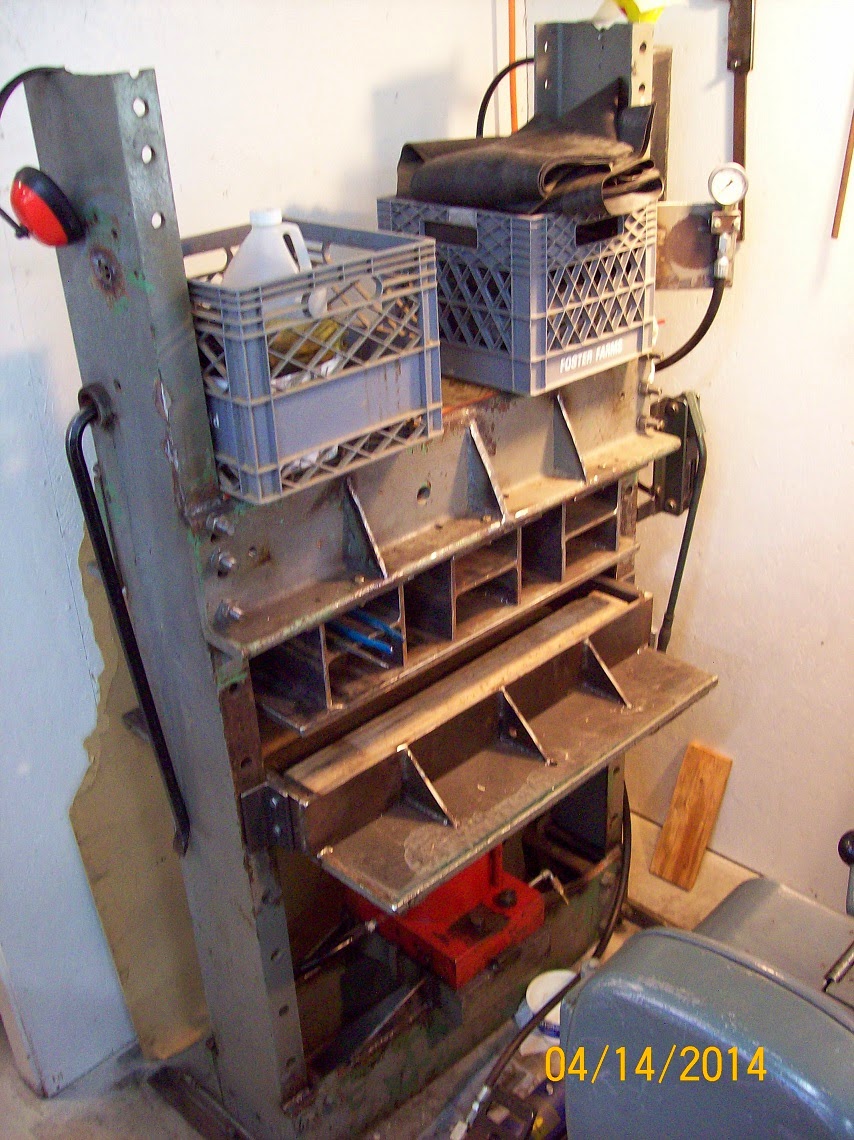

























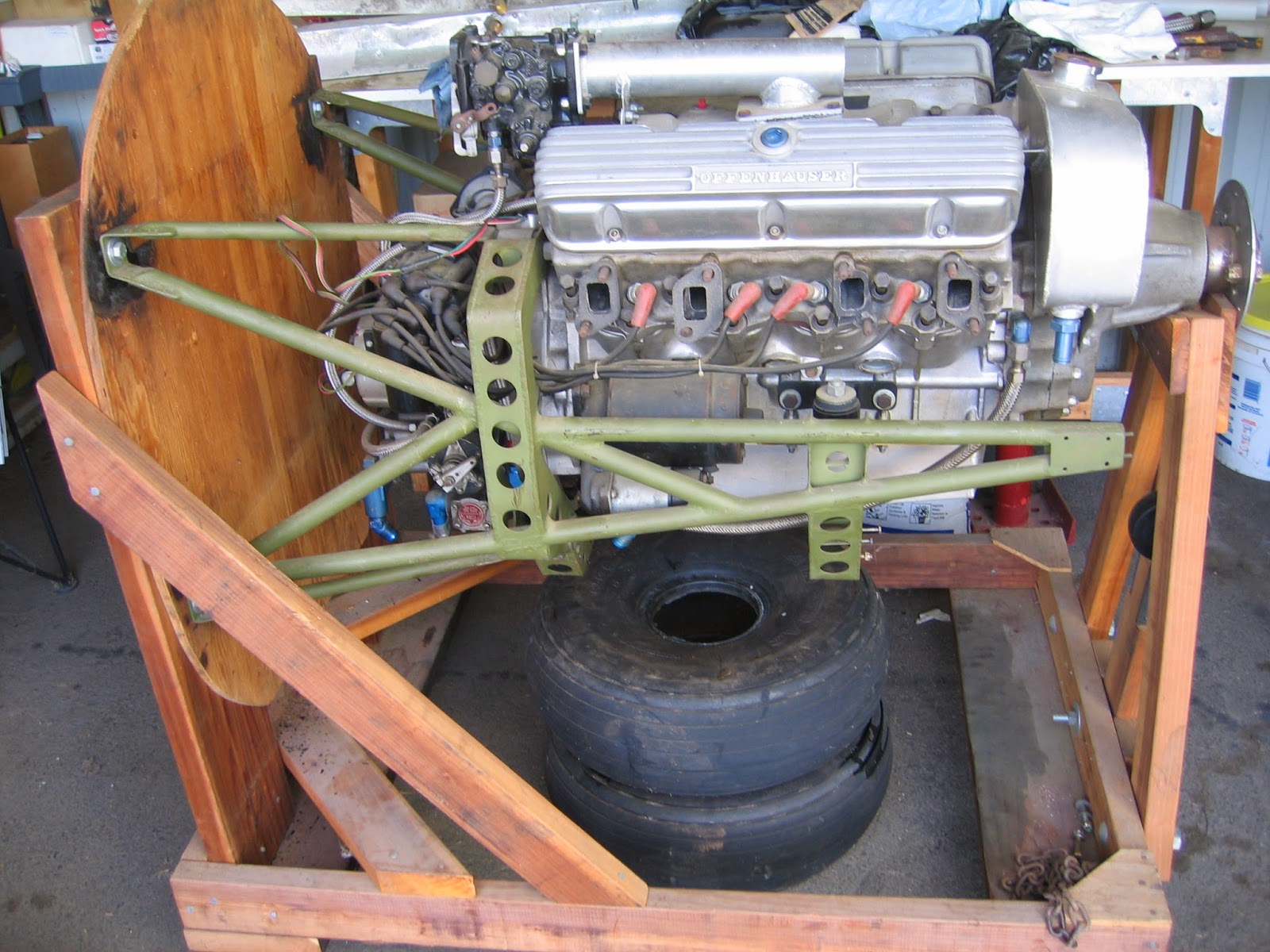





.JPG)
.JPG)
.JPG)










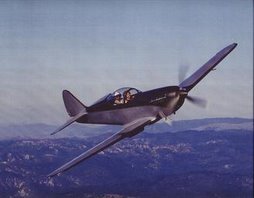
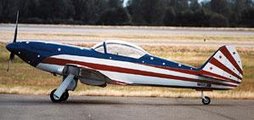
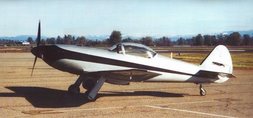
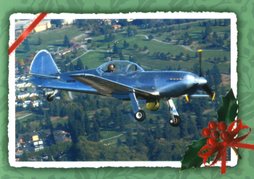
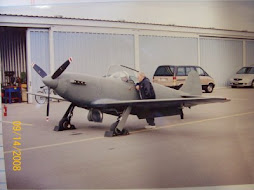
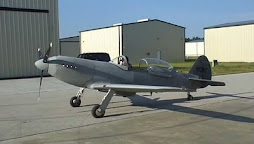

No comments:
Post a Comment